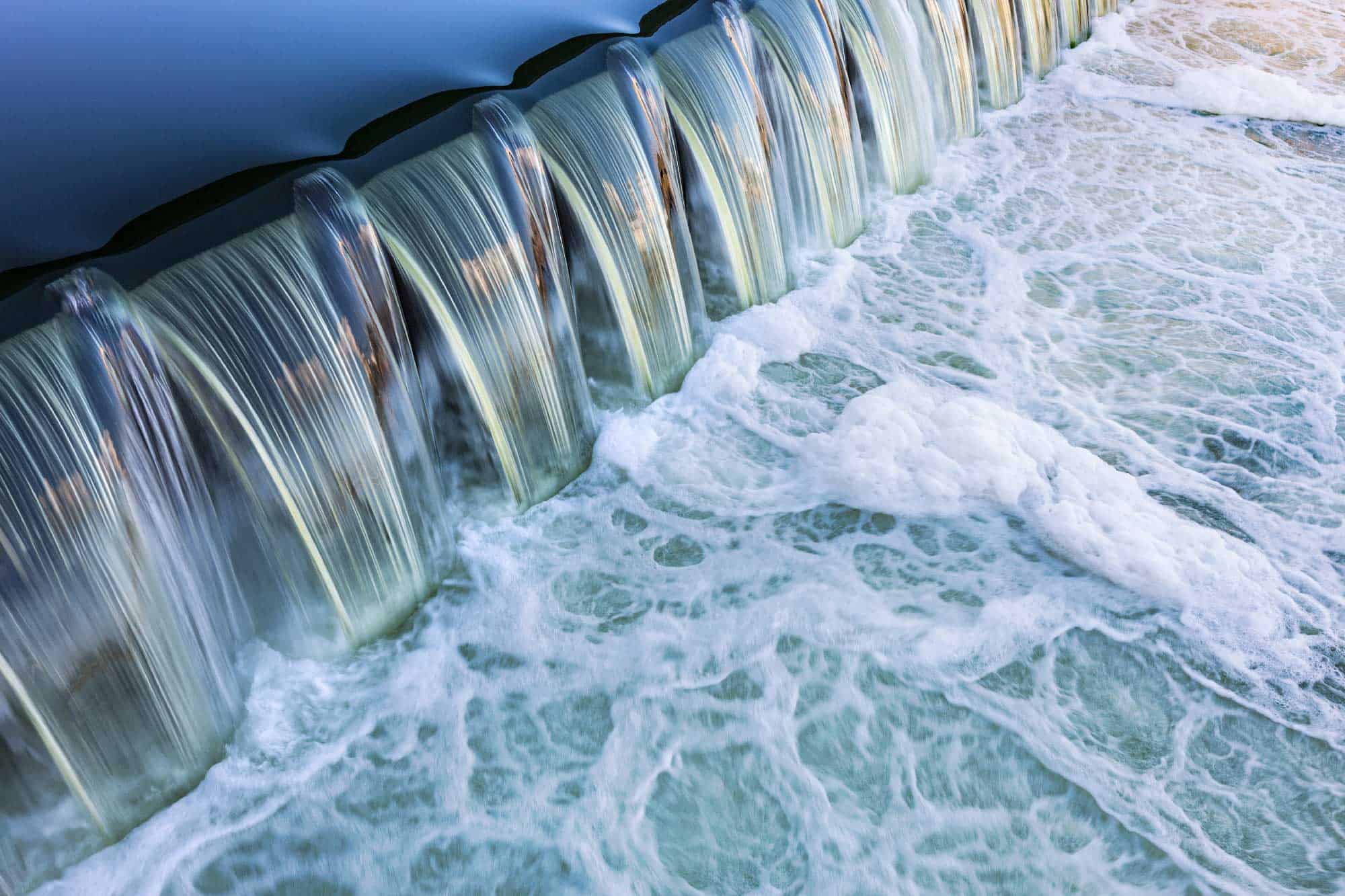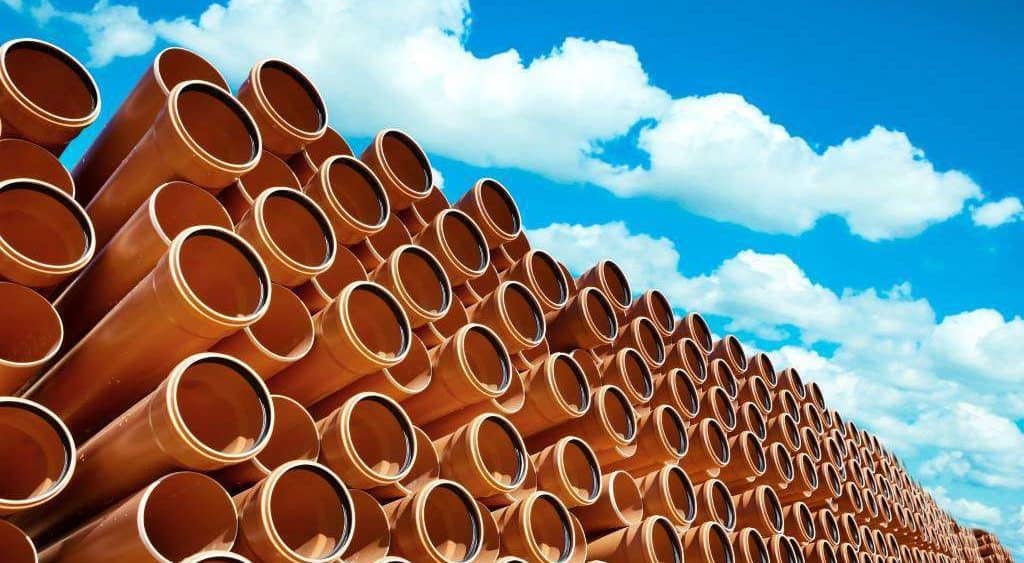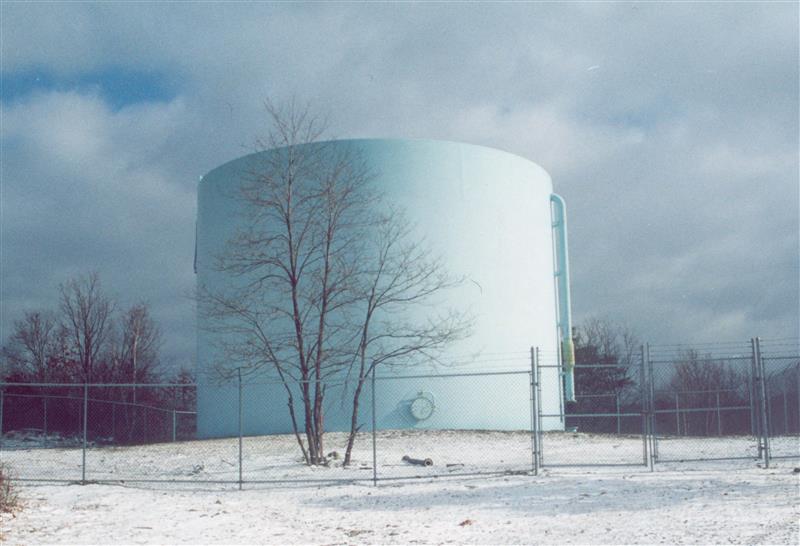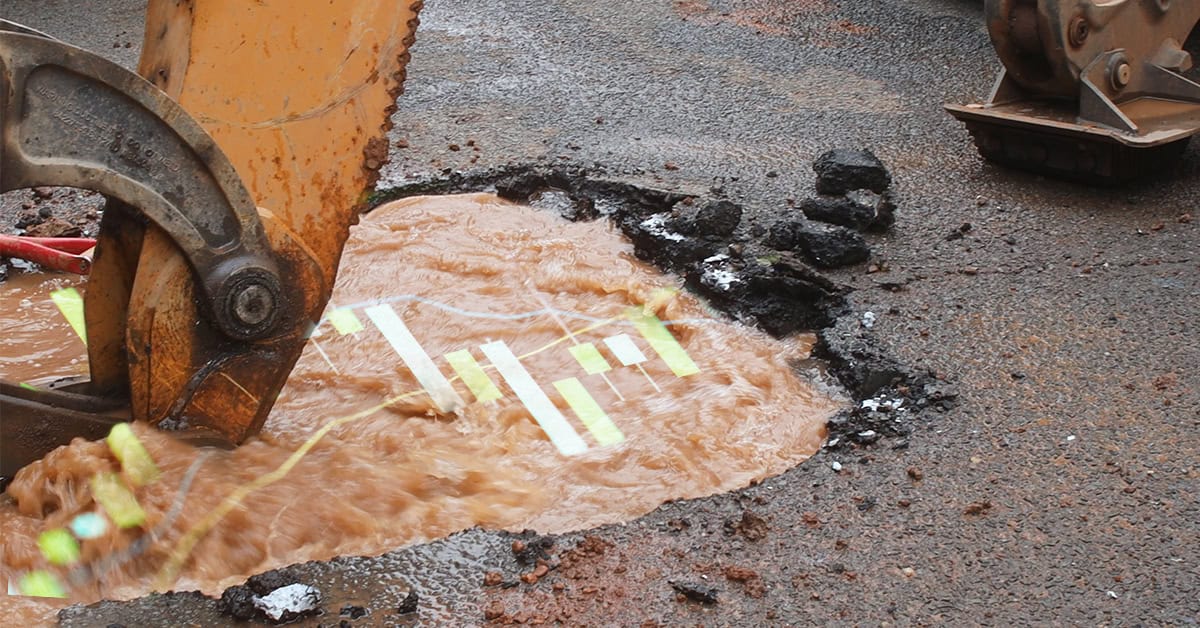TSA – Tecnologia em Saneamento Ambiental (which translates to Technology in Environmental Sanitation in English) has a passion for the betterment of the communities they serve. TSA’s headquarters are in Porto Alegre, in the state of Rio Grande do Sul in Brazil, but they also work on projects that support cities across the southernmost part of the state. This family-owned business focuses on designing resilient and efficient water and wastewater networks.
Engineers José Vilmar Viegas and Matheus Viegas —a father-son team—and a handful of other employees work hard to bring a better quality of life to underserved communities. Their goal is to design water infrastructure that will grant access to water and sanitation services and improve water networks. These projects are key to social and economic development and that is what drives José Vilmar and Mathues to do this work.
Connected Data Brings Real-World Impact
In Brazil, the most vulnerable communities lack access to water and sanitation systems. Many people live along rivers where raw sewage is dumped and are exposed to it daily. They also deal with intermittent water services that do not meet potability standards.
TSA knows that by designing reliable, effective, and efficient sustainable sewage networks, they are helping to reduce environmental degradation and provide a more dignified and healthier existence.
“Dumping of in natura sewage in rivers is very common today, especially in the metropolitan region of Porto Alegre,” explains José. “This is the same river system that Porto Alegre and the entire metropolitan region use to supply the city with drinking water. This sewage disposal negatively affects the water consumption of the population in the region.”
TSA aims to reduce raw sewage discharges through the design and construction of modern sewer systems. They understand that this will have long-term effects not only on water quality but also on lowering water treatment costs and enabling the expansion of vital sanitation services.
The team uses OpenFlows SewerCAD to design new sewage networks and sewage systems. Before adopting OpenFlows SewerCAD for their projects, they struggled with unconnected data. With it, they have better visibility into all parts of the project as a connected system instead of a spreadsheet. They also realized that they could get their projects finished much quicker so they could take on more work. Ultimately, OpenFlows SewerCAD allows them to analyze the best alternatives for a particular system and come up with the best option, both for the population in need of that system and for their client.
But they don’t just save time. “OpenFlows SewerCAD helps us identify the best alternatives to optimize each system, thereby reducing the pumping, implementation, and operation costs,” says Matheus. “And for our clients—the ones who will operate the system —it helps reduce operating and pumping costs, which is what most impacts the sewage system.”
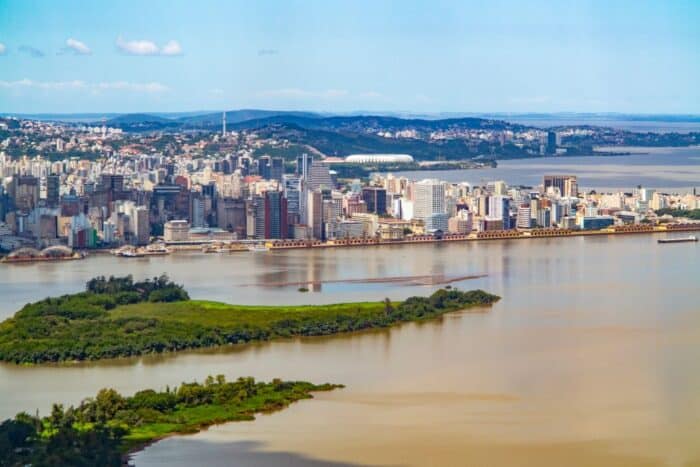
José Vilmar and Matheus are proud that they can have such an impact on their communities. For example, their new sewage system project will serve approximately 300,000 people and reach an entire population not currently connected. This impacts mainly the hardest hit population, supports universalization of the sewage system, and meets the goal of TSA and their clients. In addition to problems with sewage systems, José Vilmar and Matheus also contend with water scarcity. The state of Rio Grande Sul is prone to droughts, yet agriculture is one of the main economic contributors and relies heavily on water consumption. Over the past two years, the drought was so severe, and the water levels of the reservoirs were so low that strict water consumption restrictions were put in place.
Water loss also adds to water scarcity. In the city of Passo Fundo in the Northeast region of the state, water loss rates were almost 60%. That meant that 60% of all water drawn from rivers that was treated and pumped was lost before reaching the tap. This inefficiency also came with hidden costs. Pumping, product-chemical, and treatment costs ultimately affected the utility’s bottom line.
By using OpenFlows WaterCAD, TSA was able to study pressure zones to identify and map out leaks. They could also simulate pressure reduction valves and other systems to identify the best and most efficient alternative and improve the quality of distribution in the city. This helped reduce leaks and the costs associated with them. Now the people of these regions feel less impact from the water crisis.
The Essential Role of Partnership
Running a small business effectively not only requires modern and efficient software, but it also depends on partnership and support to keep systems running smoothly. When TSA purchased their subscription to OpenFlows products, they received supporting training material that enabled the entire team to get up and running quickly. They still use the material today to help onboard any new employees. And because the user interface is so friendly, everyone gets proficient and productive quickly.
“We’ve always gotten all [of] the support we need from the Bentley team. They have been so valuable in helping us explore the best ways to use the software for our business needs,” says Matheus. “The partnership between TSA and Bentley means a lot to us.”
José Vilmar and Matheus take great pride in their projects. Their clients come back to them because they know they can rely on the quality and timeliness of their services. Their work helps companies reduce costs in pumping and operations and enjoy the most optimized system possible. Just like water, their expertise flows to their clients and trickles down to the communities that need them.


